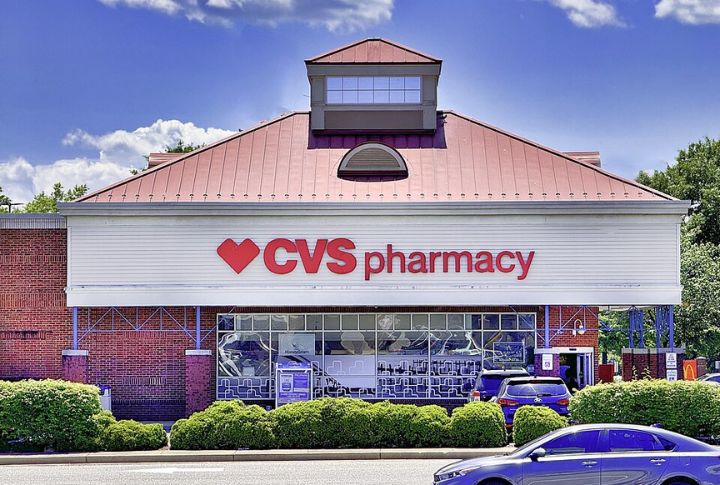
Imagine walking up to your usual CVS, only to find the “We’re Closed!” sign. That scene will soon be the reality of thousands of Americans. As CVS closes hundreds of stores across 18 states, questions pop up. Why? Who’s most at risk? This listicle answers those questions and explains how those affected can respond.
CVS Confirms 270 Store Closures By 2025
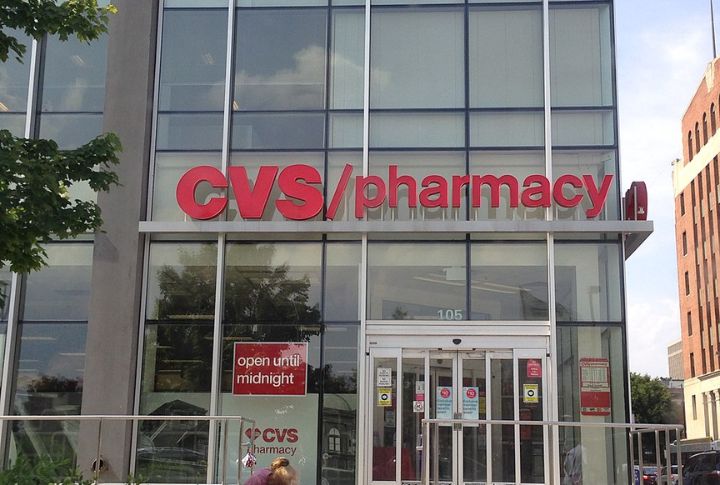
The official news hit and hit hard! CVS’s February 2025 annual report confirms it plans to close 270 stores nationwide to streamline operations and cut expenses. Moving forward, the company will operate under 9,000+ locations after closures have reached nearly 900 between 2022 and 2024. However, CVS still plans to open about 30 new locations, including inside Target stores.
18 States Affected In Massive CVS Shutdown

When some urban stores experienced declining foot traffic and suffered retail theft losses that exceeded their rent, CVS had to take action. Their drastic response led to local closure announcements in states such as Alabama, California, Florida, Illinois, and Maryland. Regardless, the company maintains that 85% of Americans will still stay within 10 miles of a CVS.
Which Locations Are Closing? Full List Revealed
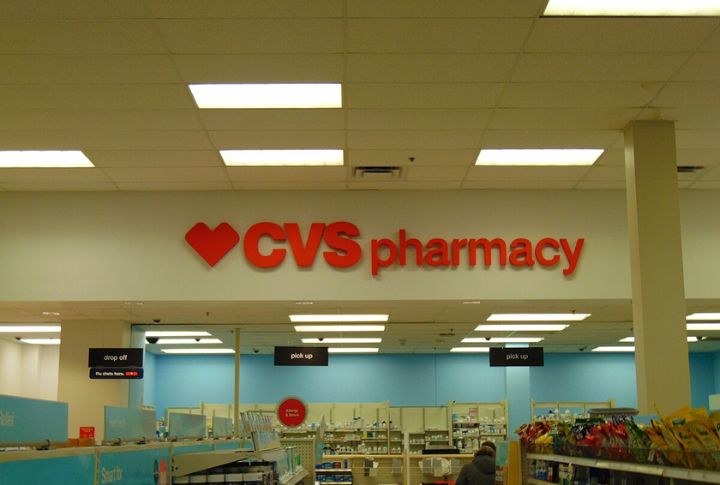
Although CVS hasn’t published a fully detailed list yet, media and customer‑submitted lists cover these states: Ohio, Alabama, New York, California, Florida, Georgia, Illinois, Indiana, Iowa, Maryland, Texas, Massachusetts, Michigan, Missouri, North Carolina, Pennsylvania, Virginia, and Washington, D.C. CVS has also confirmed that some affected stores may revert to pharmacy-only format instead of full closures.
When These CVS Stores Shut Their Doors

The company schedules closures throughout 2025, but there isn’t an exact public schedule. People near CVS stores in these states can expect to see this by mid-year. Currently, some stores already operate with a daily closure-hour policy (1:30–2:00 PM), and in-store staff across locations say that sticking to the “shutdown hour” has become the norm.
What Sparked the Decision To Downsize Now

In their official report, the chain cited “enterprise-wide restructuring” as a key reason for the closures. Specifically, CVS aims to reduce costs, optimize store density, and shift its focus toward digital and clinic-based healthcare. Likewise, some closed locations were within a mile of another CVS. In addition, foot traffic (which directly affects sales) has dropped sharply since the pandemic.
How the Closures Will Impact Pharmacy Access
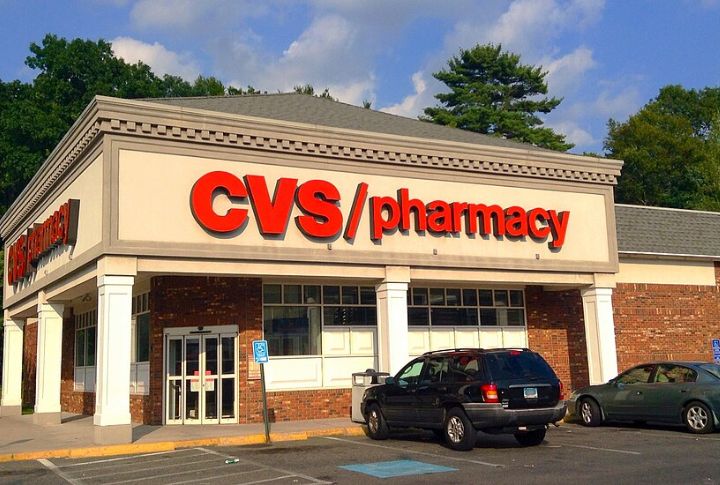
Approximately half of the US counties are designated “pharmacy shortage areas.” Removing hundreds of stores would disproportionately affect more elderly and low-income populations, requiring them to travel 30 miles or more to obtain medication. CVS says digital refills and mail orders may help, but agrees that not everyone is tech-savvy enough to rely on them.
Both Urban And Rural Residents May Be Hit

CVS closures are affecting both urban and rural areas, but rural communities often have fewer alternative pharmacies. According to the 2025 restructuring data, some rural counties are losing their only location. Cities may lose more stores in number, but rural areas feel the loss more deeply as they double as general stores.
Pharmacy Desert Fears Rise In Closure Zones

A “pharmacy desert” is an area where residents must travel over 1 mile (urban) or 10 miles (rural) to access a pharmacy. We barely used the term ten years ago, but it has now become a significant public health issue. The RCHN Community Health Foundation strongly believes CVS closures may create pharmacy deserts in minority and underserved communities.
Community Leaders Speak Out On Local Losses

Several mayors and local officials in affected areas have publicly criticized CVS’s decisions, citing concerns about health equity. In cities like Chicago and Philadelphia, officials warn that low-income residents will lose access to essential pharmacies. If you fall into this category or know someone who does, prepare yourself.
Previous Store Closures May Have Foreshadowed This

Industry insiders noted a steady decline in non-prescription retail sales at many underperforming locations. For some people, especially those educated about health retail, CVS’s announcement isn’t so shocking. You could tell, considering the wave of closures back in 2022. Besides, Walgreens and Rite Aid have also reduced their footprints.
CVS HealthHub Strategy Still Moving Forward

Though closures are ongoing, CVS continues to repurpose many former store locations into HealthHUBs or partner clinics. The chain is expanding its HealthHUB concept with 935 locations offering enhanced care and services as of early 2023. These locations include wellness rooms, fitness areas, diabetes education, and more.
Employees May Need To Prepare For Layoffs

As part of its cost-saving initiatives, CVS is eliminating approximately 2,900 corporate jobs, which account for about 1% of its workforce. There may be approximately 800 layoffs by early 2025, with additional layoffs following later. Unlike average chain closures, where front-line roles bear the brunt, these cuts primarily affect corporate positions. Likewise, employees may be eligible to receive severance pay, benefits, and outplacement support in the event of layoffs.
What This Means For CVS Rewards And Prescriptions

While pharmacy-only store formats will still stock essentials like OTC meds and hygiene products, CVS is boosting digital tools like auto-refill and pick-up via app. They’re also continuing to fulfill prescriptions online and by mail to minimize disruptions. In response, competitors such as Amazon Pharmacy and Walmart may adjust their services accordingly.
How To Transfer Your Prescriptions Smoothly

CVS advises customers to transfer prescriptions online or via the mobile app before store closures. You can choose any nearby CVS, another pharmacy, or home delivery. Transferring takes just 30 seconds on the CVS app. You can even transfer across states without a new prescription. Thankfully, some local pharmacists are hosting pop-up clinics to help seniors transfer prescriptions.
CVS Competitors React To Market Shake-Up

As Walgreens and Rite Aid are undergoing similar waves of closures, Amazon Pharmacy is expanding aggressively into the home-delivery space. Walmart is also diversifying to absorb shifting customer traffic from drugstores. Now, consumers are faced with the choice between giant chains and regional independents.
What CVS’s Closures Say About Healthcare Retail
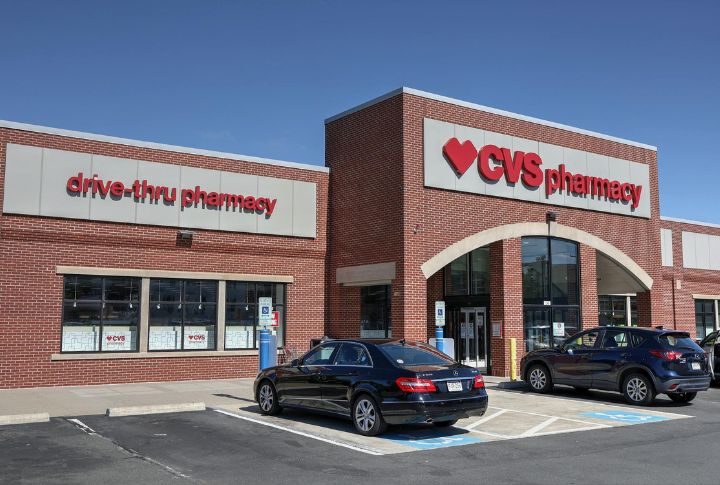
Operations had to change when CVS started earning more revenue from health services than from selling coffee, shampoo, snacks, and other items. As a consumer, you should prepare to see retail pharmacy chains focusing less on retail shelves and more on becoming healthcare providers. A long-term shift towards digital health services and clinic-based care may be imminent. Who knows?
What Experts Think About Recent Trends

Many brick-and-mortar locations are no longer financially viable, as mobile prescription services are gaining popularity. Gen Z consumers are more likely to use pharmacy apps than walk into a store. As a result, experts maintain that increased digital pharmacy use, declining foot traffic, and higher real estate costs will lead to a greater number of chain closures.
Will More CVS Stores Close After 2025?
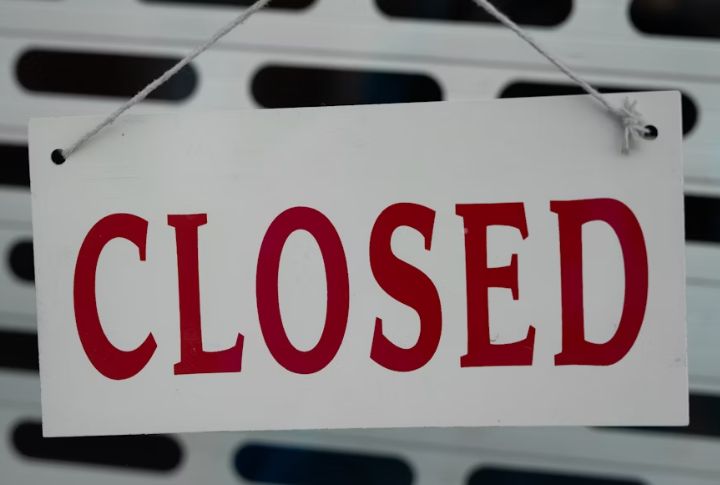
Since 2022, CVS has closed approximately 300 stores per year. Now, analysts predict store realignment may continue into 2026 due to digital shifts and changing consumer habits. David Joyner, the CEO, hinted at expanding stores to include Target and suburban areas, as well as establishing more pharmacy-only locations.
Other Chains Are Closing Stores In 2025
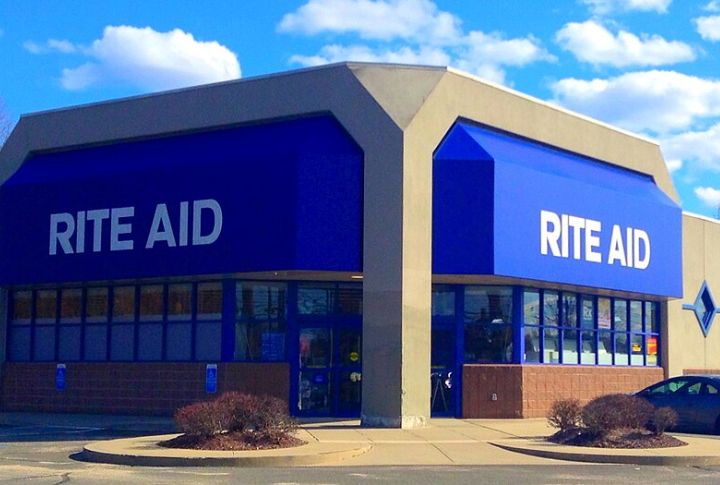
Walgreens and Rite Aid are following similar cost-cutting paths and shuttering stores in 2025. The former is closing over 700 stores in 2025, having closed 140–160 VillageMD clinics in the last year. Big-box retailers such as Walmart and Target may also scale back their in-store pharmacy locations.
Residents Should Prepare Now

Well, as residents, you can’t do much about these closures and their possible effects, but your response is in your hands. It’s time to understand digital tools, mobile pharmacy units, prescription deliveries, and telehealth services. Then, you’ll be able to use these apps more effectively and find out how they can best suit you.

